

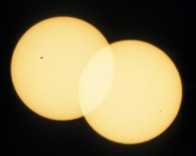
|
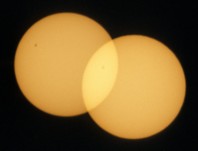
|
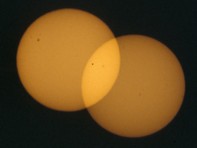
|
| Automatic exposure | Automatic exposure -1 step | Automatic exposure -2 steps |
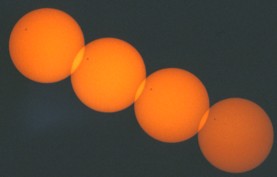
|
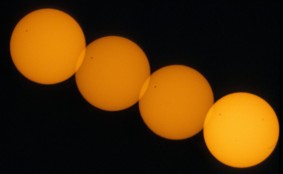
|
| Fixed exposure time 1/250s | Automatic exposure |
Of importance are as extensive series as possible which are made up of well focussed and correctly exposured double photos with exactly known moments of exposure! The distance between the sites of observations should be as large as possible.The concrete photographing procedure for the transit day will be described later!

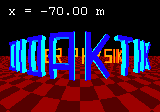
 Udo Backhaus
Udo Backhaus